If you’re here, you’re probably considering a trip to Pakistan. My journey to Pakistan was an extraordinary and fascinating experience. However, I don’t deny that it requires some preparation and knowledge of local customs. So, in this post, you’ll find some practical information that might come in handy when planning your trip. From formalities to my experiences regarding safety and health.
Before I begin: I wish you a successful trip to Pakistan – I personally look forward to returning there with great pleasure!
Table of Contents
- 1 Formalities before traveling to Pakistan
- 2 Flights to Pakistan
- 3 Vaccinations and Health
- 4 Currency in Pakistan (and how to pay there)
- 5 Transportation in Pakistan
- 6 Local Customs
- 7 Safety in Pakistan
- 8 Electricity in Pakistan
- 9 Internet in Pakistan
- 10 Climate and Weather in Pakistan
- 11 What to pack for Pakistan?
- 12 Pakistan – What You Should Know?
Formalities before traveling to Pakistan
During the planning of your trip to Pakistan, mention my name or input the code EWELINA5 to receive a 5% discount at TUK TUK TOURS.
To travel to Pakistan, you will need:
- A passport valid for at least 6 months from the date of planned return from Pakistan.
- A visa, which needs to be obtained before departure. There is no option to purchase a visa upon arrival – all documents were checked at the airport before departure by an airline employee. You can obtain it online; we needed an invitation and to fill in specific details (occupation, family, and even religion). It was a visa on arrival – single entry, costing $35, checked by an official on-site.
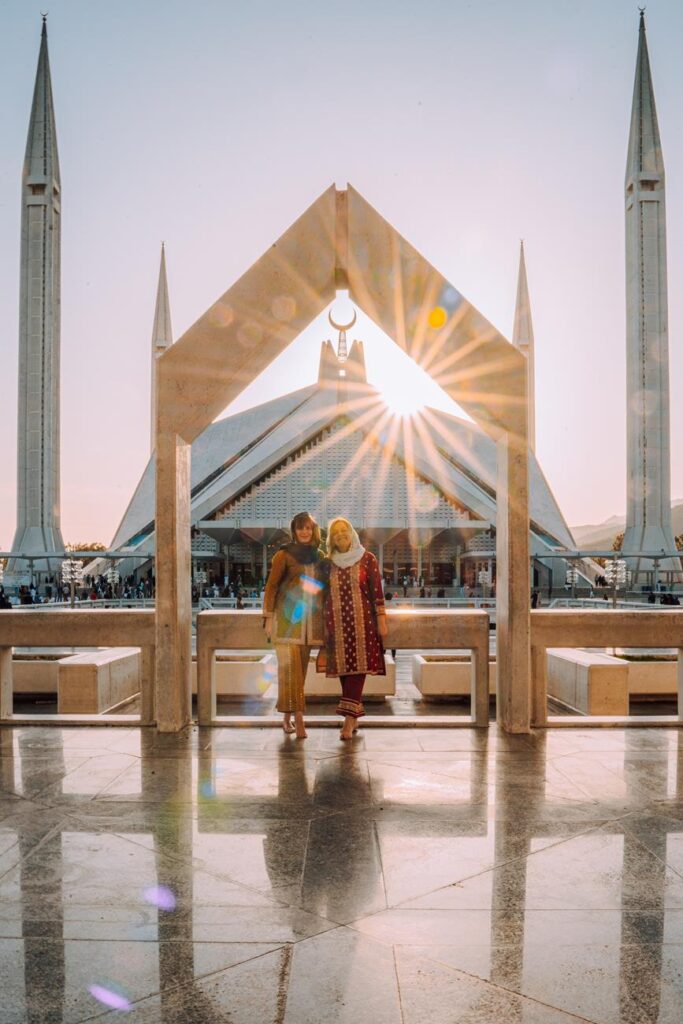
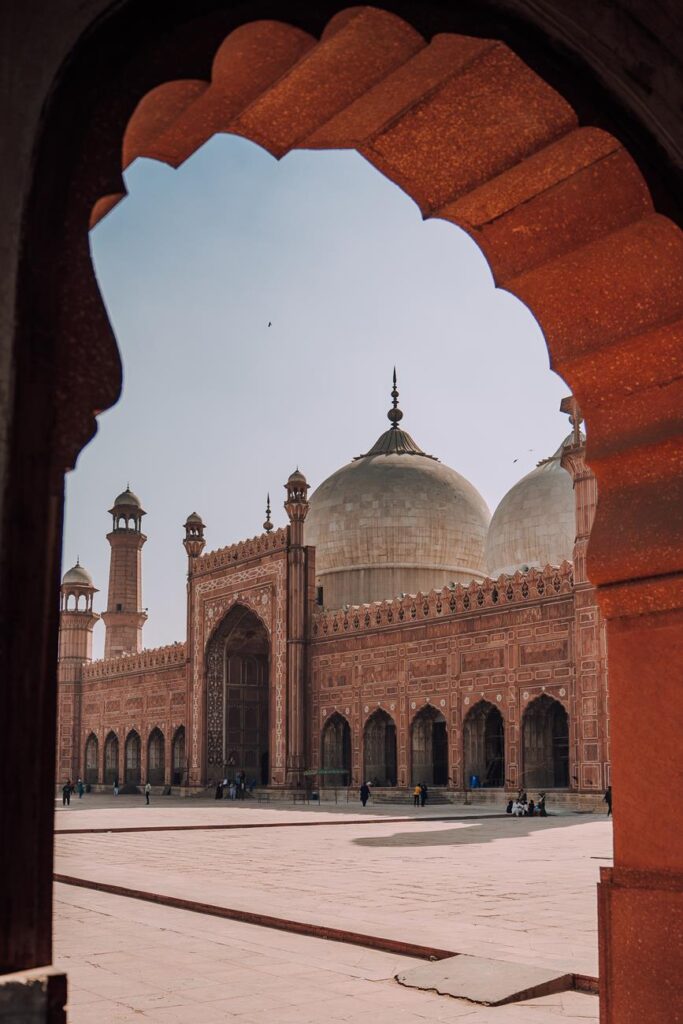
Flights to Pakistan
We flew from Prague to Karachi with a layover in Istanbul. It was a really inexpensive option; we paid just over 100 euros for a round trip.
- The best option in terms of time is Qatar, but it is expensive.
- The cheapest are flydubai and PIA.
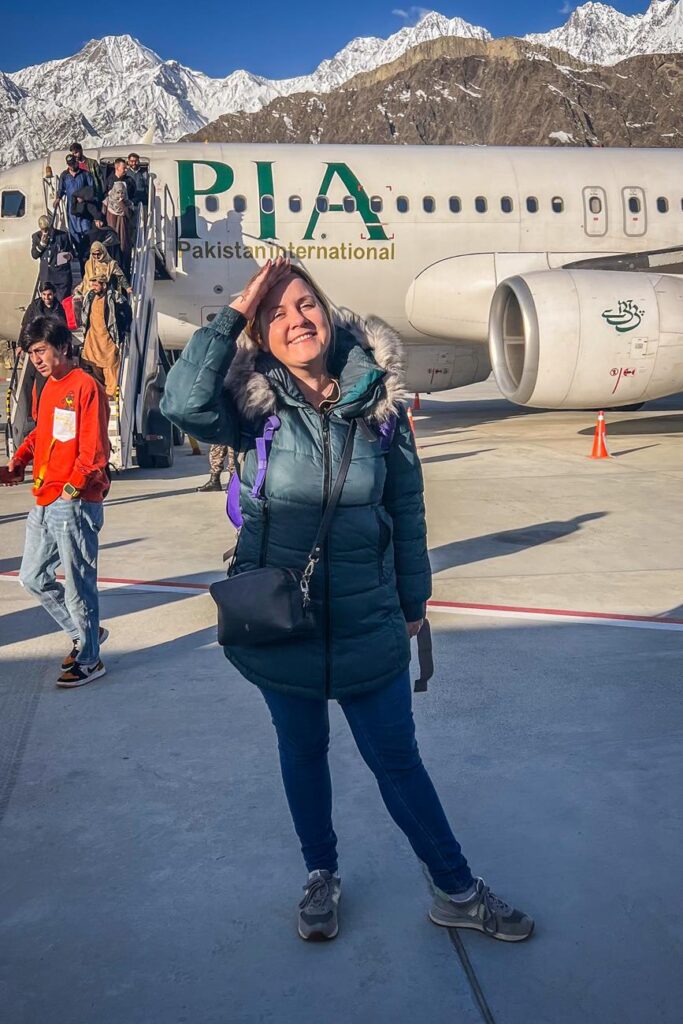
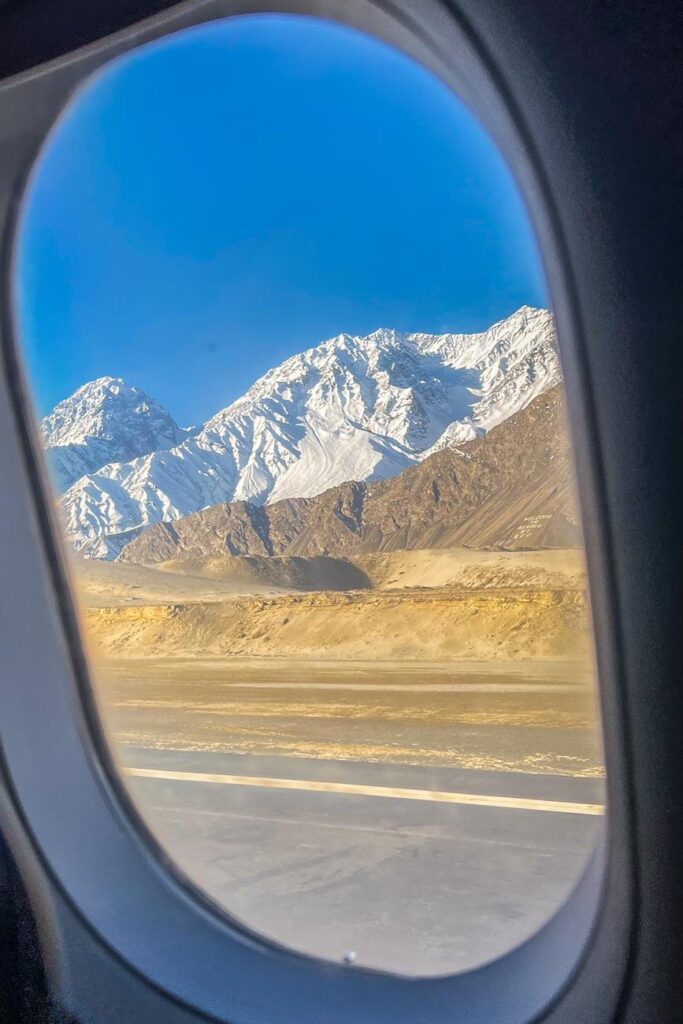
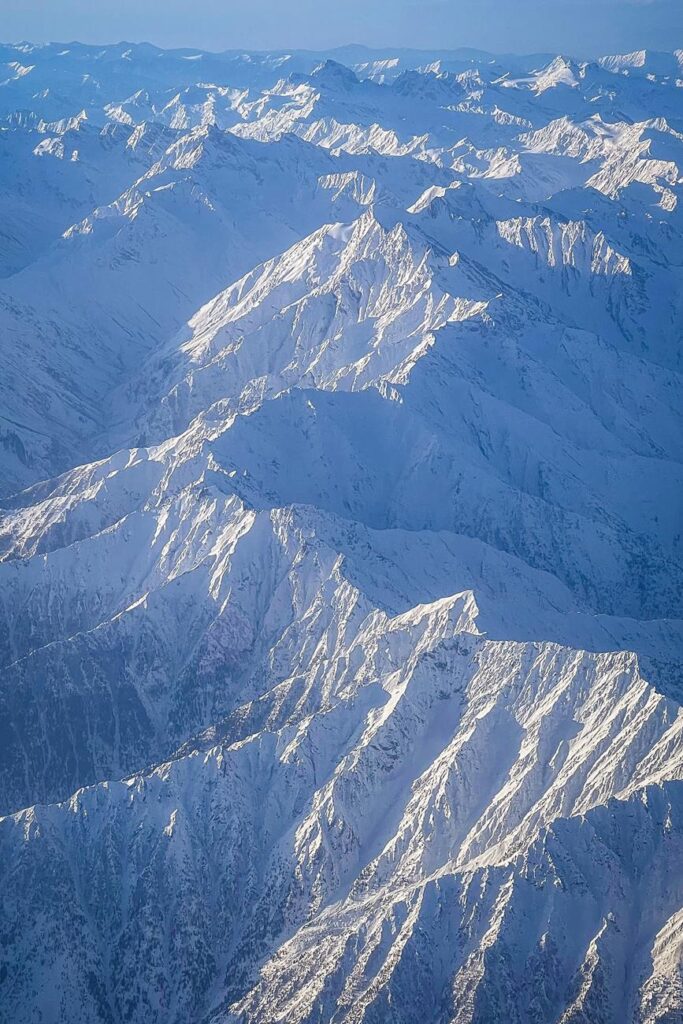
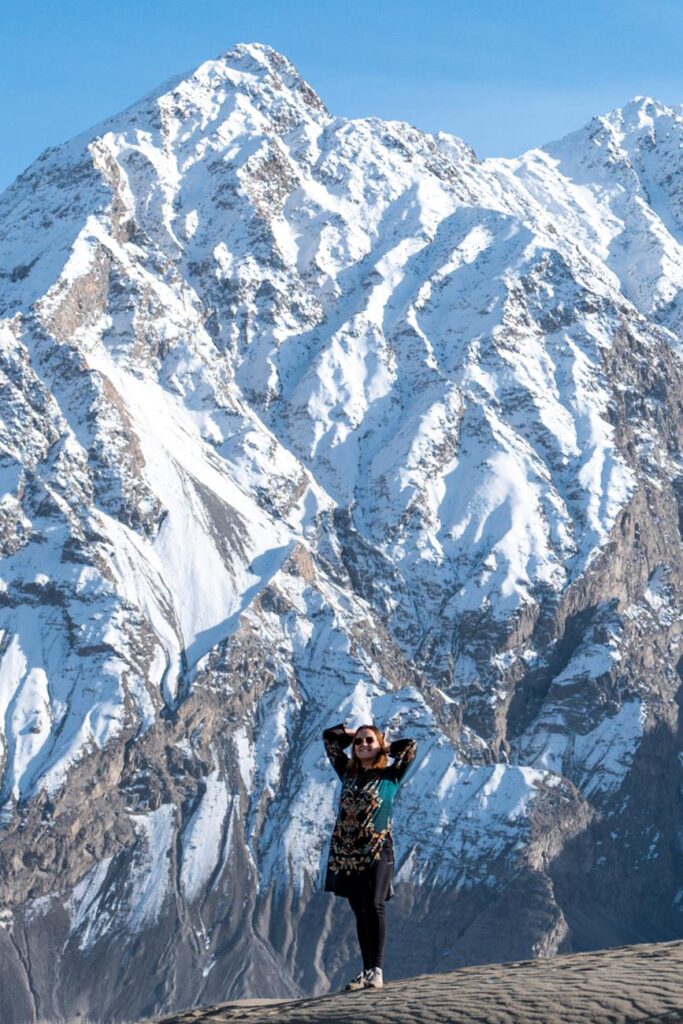
Vaccinations and Health
Before traveling to Pakistan, you can consult a travel doctor for information on additional vaccinations (there are no mandatory vaccinations) and health prevention. Regarding prevention, much depends on the places you will visit and how long you plan to stay in Pakistan. We had good travel insurance as standard. It’s worth taking capsules to restore bacterial flora because the most common problem among tourists in Pakistan is food poisoning. Therefore, it’s worth drinking only bottled water, avoiding drinks with ice, and being cautious about that. Moreover, if you’re going to the mountains, it’s worth knowing that at high altitudes, water boils at a lower temperature, which can also be a cause of food poisoning. Unfortunately, I experienced this, but luckily it was not serious.
Before departure, we prepared a standard first aid kit. It contained stomach medicine, painkillers, anti-inflammatory drugs, throat lozenges, vitamins and minerals, and others (bandages, plasters, disinfectants). We traveled around Pakistan with Gosia, who lives there, runs a travel agency, and is a pharmacist by education, so we found out that most medicines in Pakistan are available without a prescription, especially strong medicines for food poisoning (e.g., metronidazole, which calmed our intestines).
Currency in Pakistan (and how to pay there)
The Pakistani Rupee is the official currency in Pakistan. Cards are accepted in larger stores, but you simply need to bring cash with you because withdrawing from ATMs can be unreliable. You can exchange currency on the spot at an exchange office, for example, in a shopping center. When exchanging, you need to have your passport. It’s best to bring dollars or euros to this country. Payment by card is often cheaper than cash payment because the government subsidizes cashless transactions. Sometimes the difference can be several percent in favor of card payments.
Transportation in Pakistan
When it comes to planning your trip, it can be challenging for many reasons. We, as I mentioned, traveled with people who are knowledgeable about the topic, which was a great help to us. Why? I’ll explain. Pakistan International Airlines (PIA) flights are often delayed or even canceled. Our Islamabad-Skardu flight was rescheduled 3 times, so we had to completely change our travel plans (the total delay was over a day, so hotels, car rentals, or guides were also changed). At this time of year, we didn’t have other airline options (FlyJinnah is better). Therefore, if someone prefers others to handle such surprises for them, I recommend using a local travel agency, as I mentioned, we used TukTuk Tours.
In Pakistan, you can travel by car (you can rent a car with a driver), the aforementioned plane, or train (which nobody recommends), and bus (there are inexpensive and good intercity connections). Highways are well maintained, but other roads vary.
Driving in big cities requires vigilance due to ubiquitous motorbikes, tuk-tuks, and disregard for traffic rules. Maciek drove around Lahore, and it was a kind of attraction for him.
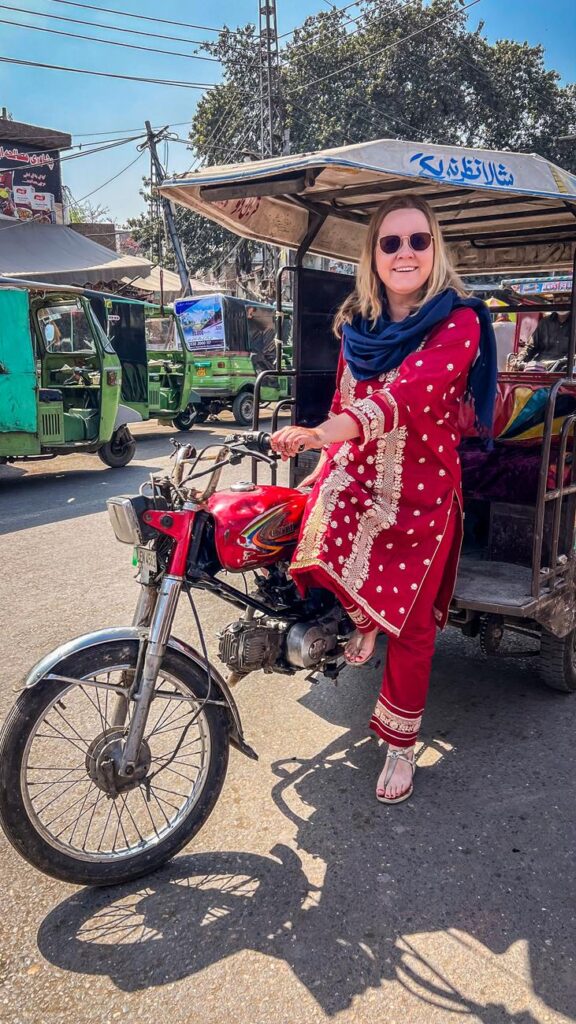
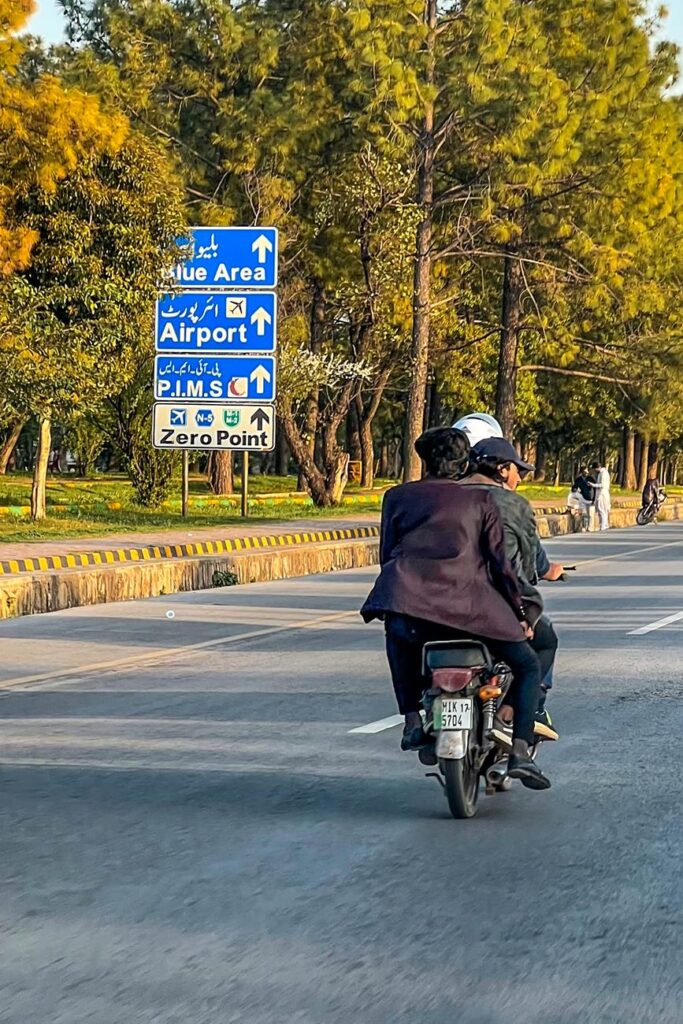
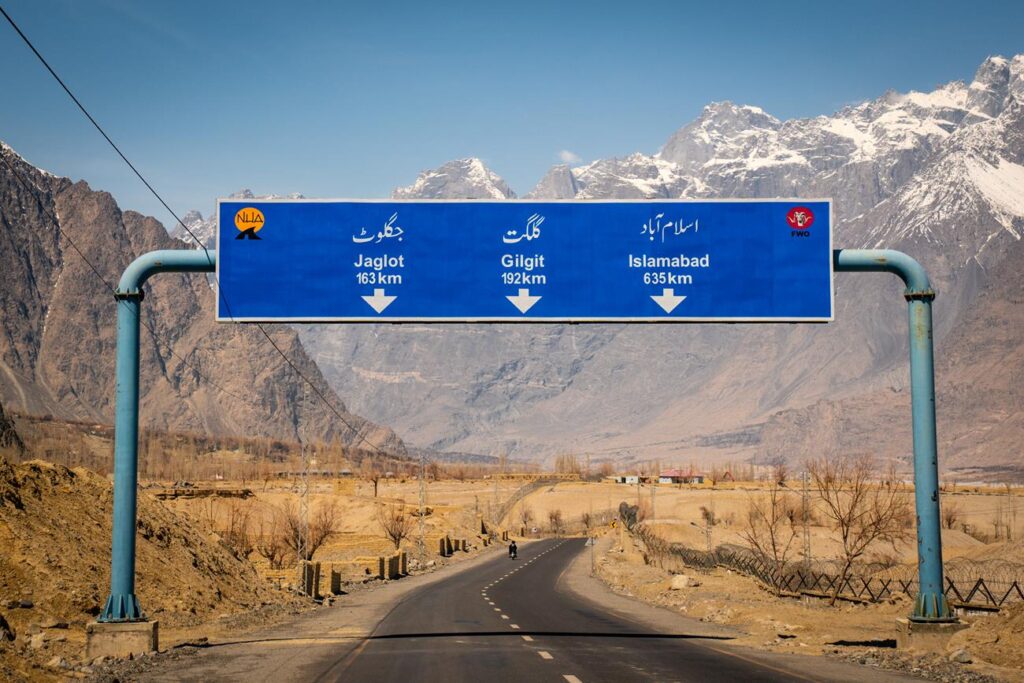
Local Customs
Just like in any journey, when flying to Pakistan, you need to know the local customs and culture. In this case, it’s worth knowing that:
- Pakistan is the Islamic Republic of Pakistan. As the name suggests, there is a Muslim culture. The most important thing is obviously the dress, as women do not wear shorts or short dresses, even tourists. However, regular trousers, such as linen or jeans, are perfectly fine. Head covering in public places by female tourists is not mandatory, except in places of religious worship.
- There are two official languages in Pakistan: Urdu and English.
- In Pakistan, there are professions that are hard to find elsewhere. There are doormen everywhere, refueling is done without getting out of the car (by an employee), and someone will hand us paper to wipe our hands in the bathroom. This surprises almost every tourist.
- Pakistan was formerly under British rule, so there is left-hand traffic, and many measurements are also British.
- Besides, in many places where prices are not fixed (e.g., souvenirs), it’s worth bargaining. It’s worth talking to local residents to find out which price is really favorable.
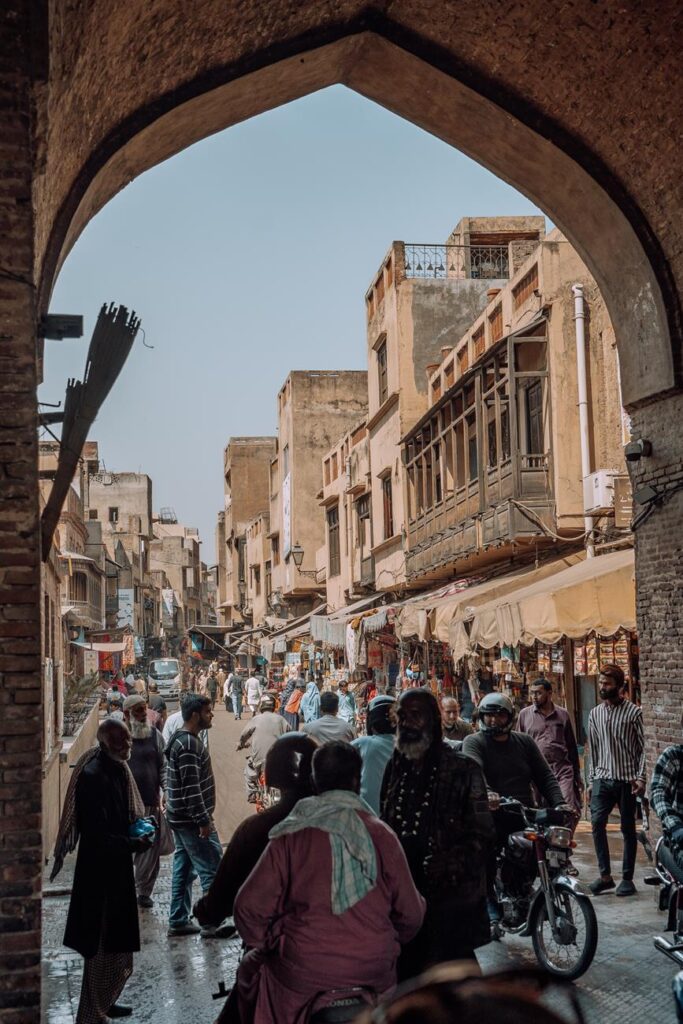
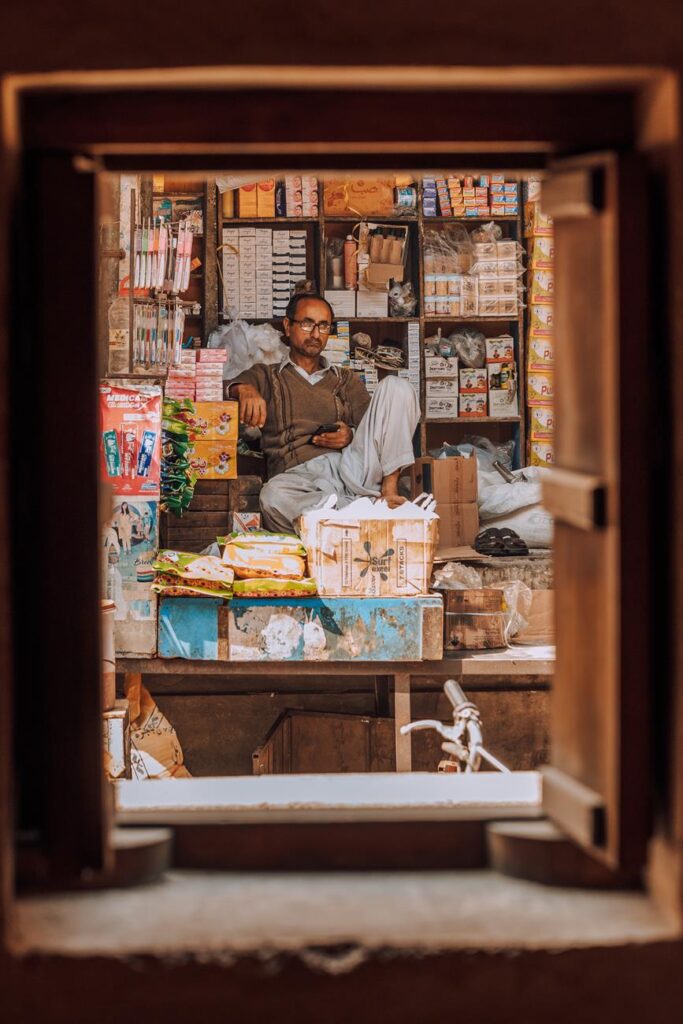
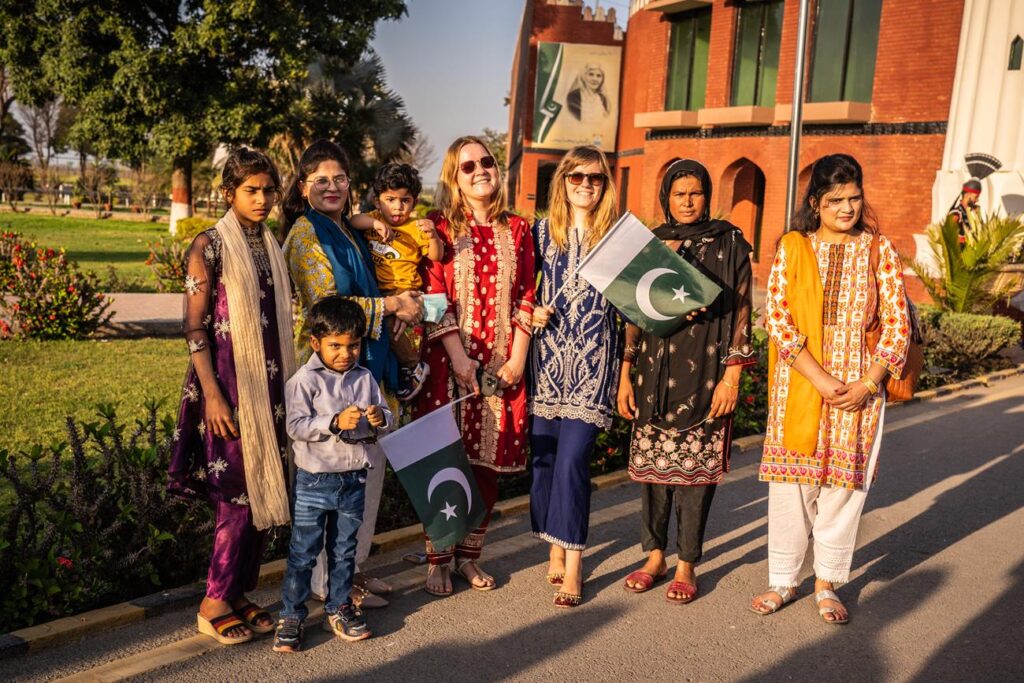
Safety in Pakistan
There are places in Pakistan that are considered less safe, mainly near the Iranian-Pakistani border. A so-called non-objection certificate (NoC) is required there from the MSW of Balochistan province (Quetta). Travelers are also assigned an armed police escort. In reality, this is primarily a remnant of times when it wasn’t safe; the escort is paid for by the state, and tourists leave tips. That’s not all: in this region, tourists must choose more expensive hotels, as they are “verified,” so it’s a source of income for many locals.
Furthermore, there are so-called Police check-ins in Pakistan where our documents are recorded, so the authorities know who is traveling where. This is important for many reasons; if something were to happen to someone, e.g., in the mountains, it’s known where to start searching.
Electricity in Pakistan
It’s worth knowing that in Pakistan, British-type sockets are used (in most places), so it’s worth bringing an adapter if your devices have different plugs. Moreover, in the mountains, there are occasional short power outages (lasting a few seconds).
Internet in Pakistan
I used an eSIM purchased at https://esim.sm/. The 5GB package for 15 days at the price of 6 USD was sufficient for my entire stay. The card operates on the Jazz network, and I had good internet access in most places. Before purchasing an eSIM online, make sure your phone supports it. eSIM support is mainly available on flagship models from various manufacturers.
Note – in the mountains, the Internet from the Jazz network practically did not work. You should buy a physical SIM card from the SCOM operator there; a passport is required to do so.
Climate and Weather in Pakistan
The area of Pakistan is 796,100 square kilometers. In terms of area, it is similar to Turkey, which measures 783,562 square kilometers. It’s really a huge country, situated at various altitudes. Generally, the climate in Pakistan can be divided into several main climatic zones. First and foremost, tropical dry and subtropical dry climates need to be distinguished. Nevertheless, many people choose to visit the mountains, where there is climatic tiering, and predicting the weather is much more difficult.
So, what to pack for Pakistan will depend on the places you plan to visit and the mentioned time and season. I know from experience that this is the most challenging part of preparing for the trip. Strong sunscreen is mandatory, even on cloudy days. 😊 But what about clothes?
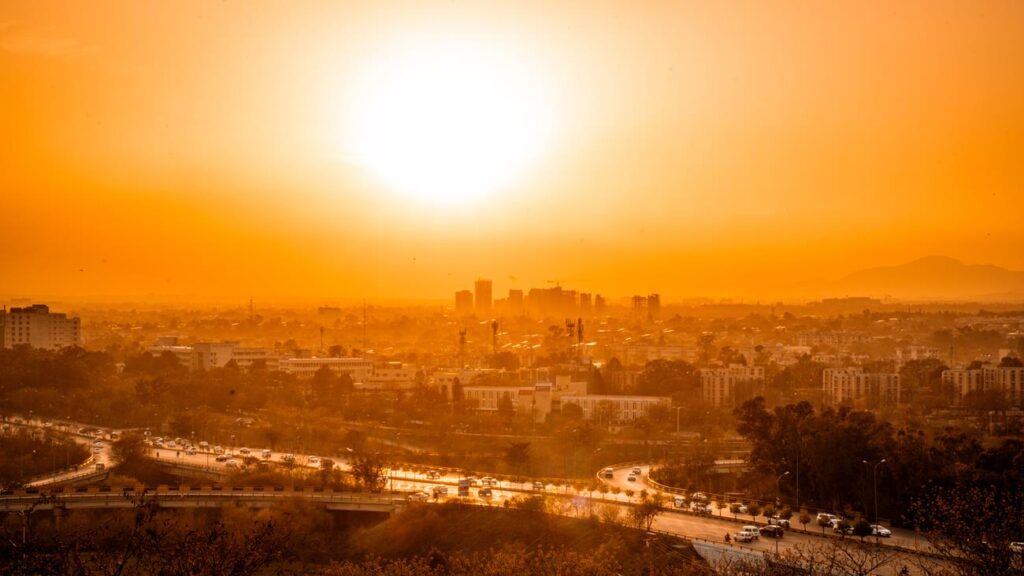
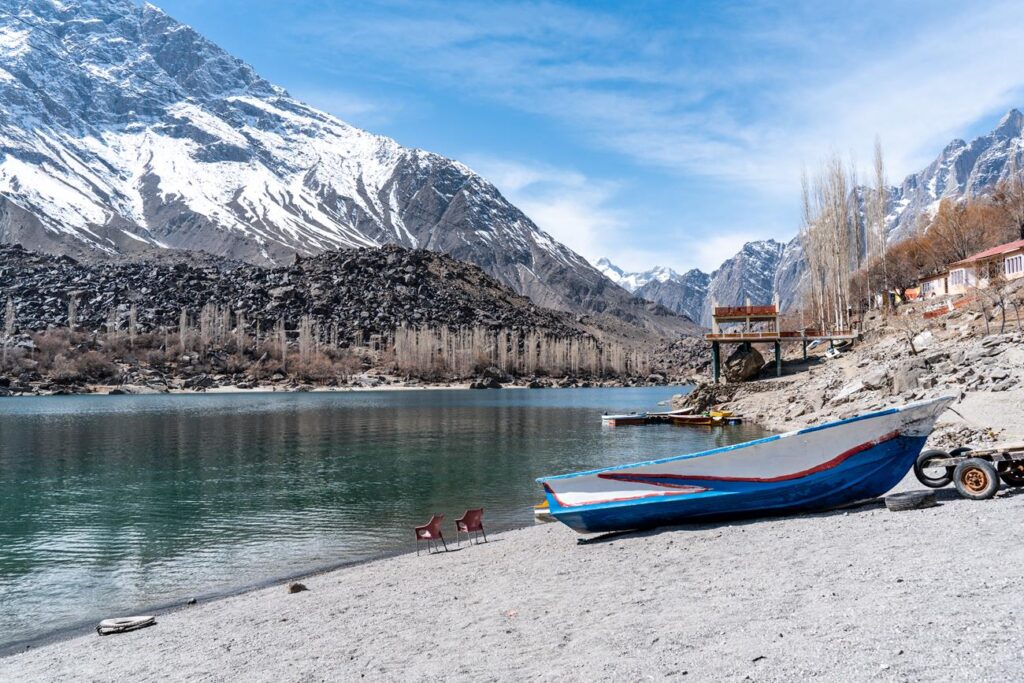
What to pack for Pakistan?
We visited Pakistan in March. Therefore, if you’re traveling only to Islamabad or Lahore in the same period, you can bring long pants and a short-sleeved shirt + a sweater or jacket for the evening. You can also bring a dress (below the knee). You can buy local clothes on the spot; they are comfortable and really breathable. However, the weather changes in the mountains; during our trip, it was +30 degrees Celsius in Lahore, but in the mountains in Skardu, it was -20 at night. I was very stressed about packing well and not freezing or getting sick, and it turned out that, indeed, it was cold at night (but nobody walks at night, so there’s no need), and during the day, when it was 0 or +5 degrees Celsius, the sun was so strong that sweaters were enough for us. Strong face sunscreen was mandatory!
I panicked unnecessarily because in the mountains, sneakers were definitely sufficient (I didn’t trek), along with warm leggings and a wool sweater or warmer hoodie.
Pakistan – What You Should Know?
Many people want to know what to watch out for in Pakistan. As tourists, we are warmly welcomed, and although I’ve heard this many times, it made an incredible impression on me on the spot.
• However, although many people admire local food, it’s worth knowing that it can be really spicy, so if you’re not experienced with high levels of spiciness, it’s worth asking for the “not spicy” option. • There can be various surprises in hotels. For example, sometimes you have to call reception for hot water. Or, one room may not be renovated, and they will assign it to us.
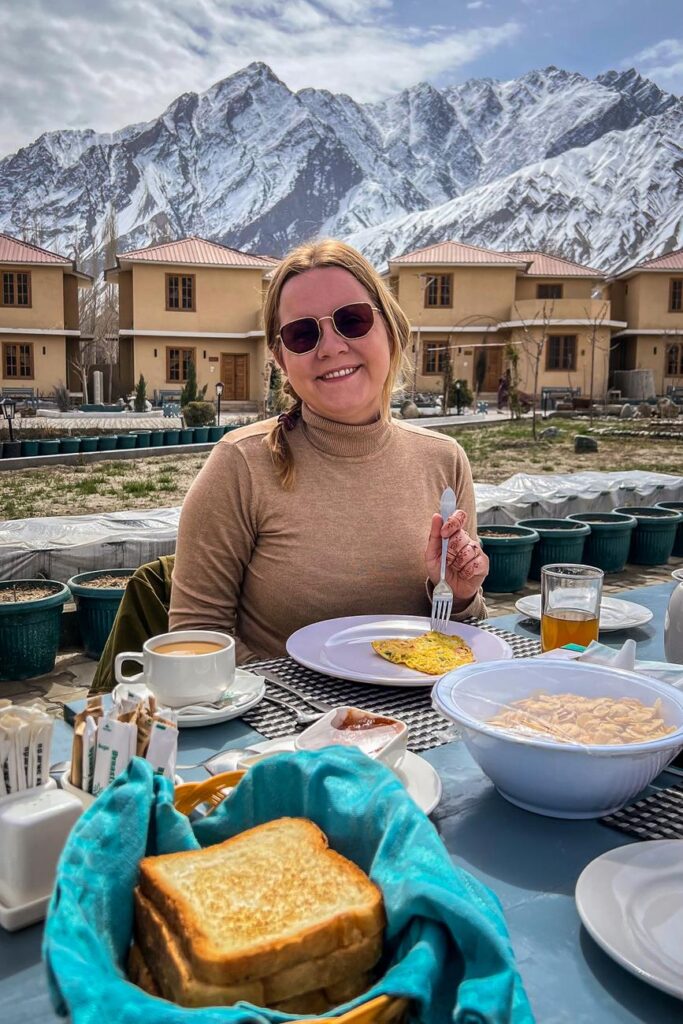
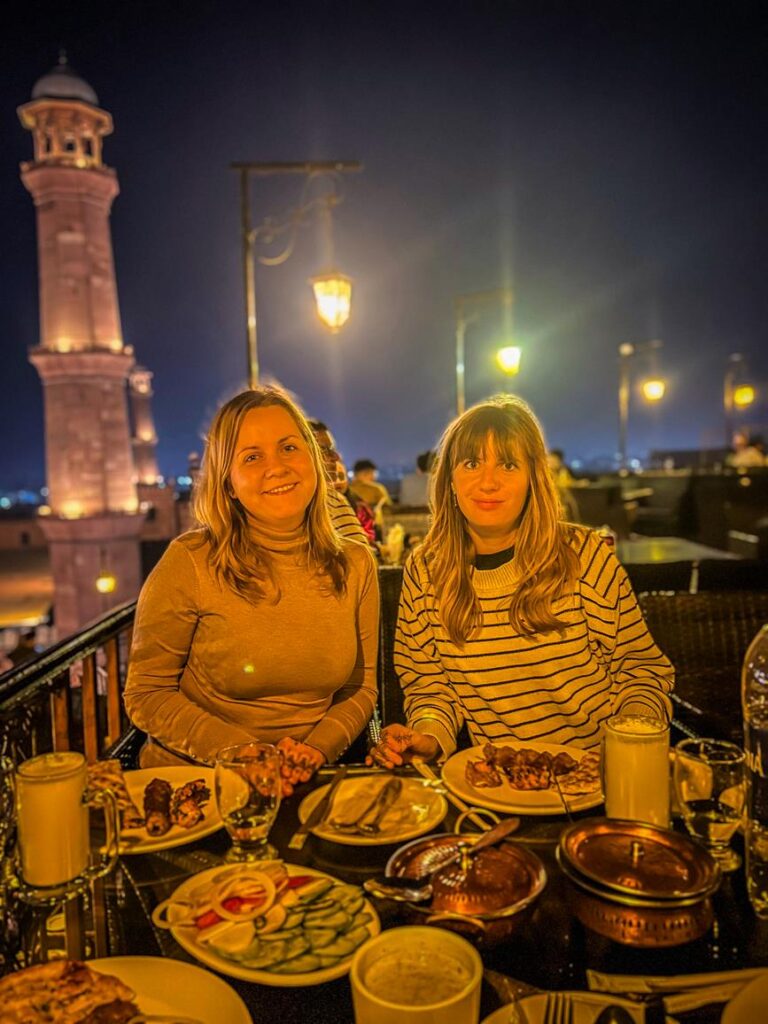
Pakistan is a country that doesn’t suffer from an excess of tourists. If you’re looking for a place untouched by mass tourism, this might be the destination for you. I would gladly return there; I dream of seeing the Karakoram or Himalayas in the fall. And my first trip was so cool that I envy anyone who will be able to experience it themselves, for the first time.
During the planning of your trip to Pakistan, mention my name or input the code EWELINA5 to receive a 5% discount at TUK TUK TOURS.